Crime
‘F*ck, This Is Close’: New Bodycam Footage Shows Immediate Aftermath Of Trump Assassination Attempt
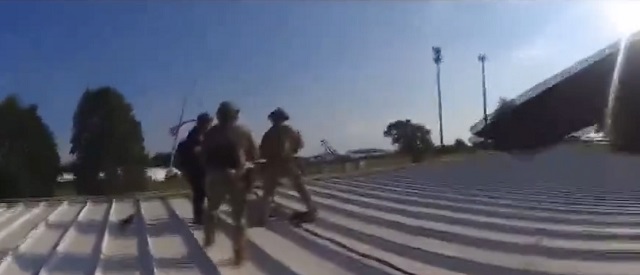
 From the Daily Caller News Foundation
From the Daily Caller News Foundation
Bodycam footage released on Thursday shows officers’ actions taken immediately before and seconds after the attempted assassination on former President Donald Trump at a July 13 rally in Butler, Pennsylvania.
The footage is taken from two officers from the Butler Township Police Department who attempted to stop the would-be assassin, Thomas Matthew Crooks, who was located on top of the American Glass Research (AGR) building with an AR-15-style weapon, Fox News first reported. The first piece of footage shows the officer with body camera footage being hoisted on top of the roof and then immediately ducking down and sprinting toward his car to grab a more powerful weapon.
“F*ck, this close, bro. Dude he turned around on me,” the officer lifted to the roof said about the shooter.
Crooks reportedly pointed his weapon at the officer before he ducked his head, according to Fox News.
“I pulled my head right in front of him, bro. He’s got a boot bag, he’s got mad s*it, an AR laying down. He’s laying down, he’s got a boot bag next to him,” the officer told the others.
Moments later, the officer demanded to be lifted onto the rooftop, where he approached three other law enforcement members. Officers can be seen standing over Crook’s corpse after counter snipers fatally shot him.
A second piece of footage shows the officer talking to another state or local law enforcement officer expressing how angry they were that they could not find Crooks. They reportedly discussed how law enforcement were on different radio frequencies, making it difficult to communicate.
“I’m f*cking p*ssed, bro. We couldn’t find him,” another officer said.
NEW: Bodycam footage shows immediate aftermath of Trump assassination attempt pic.twitter.com/dw0Fv2lU21
— Daily Caller (@DailyCaller) August 8, 2024
Additional footage shows an officer ordering people to exit the location as he had not confirmed Crooks was dead. Officers were unsure whether there were multiple threats at the time.
“Alright, threat one is down. Threat one is down,” an officer said over the intercom confirming Crooks’ death. “Threat one is down, we need to secure the rest of the area.”
Officers were unsure why the roof had not been occupied by law enforcement members, according to Fox News.
“I thought you were on the roof?” one officer said.
“If you’d all had a gun up there … I’d have shot him. He wouldn’t have ripped out a gun up there,” an officer said.
Footage released on July 31 showed a figure believed to be Crooks visibly walking across the roof nearly 3 minutes before the shooting occurred at 6:11 p.m EDT. The footage was taken by James Copenhaver, a victim shot twice during the incident.
The shooting injured the upper portion of Trump’s right ear and killed 50-year-old Corey Comperatore, a former volunteer fire chief, while he shielded his two daughters from the shooting. Copenhaver and 57-year-old David Dutch were also critically injured during the incident.
Whistleblowers told Republican Missouri Sen. John Hawley that Secret Service agents were initially assigned to be present on the roof but left the area due to the hot temperature. Secret Service Director Kimberly Cheatle claimed no agents were stationed on the roof because of the unsafe “sloped roof.”
Cheatle resigned on July 23 following a joint statement from House Oversight Committee Chairman James Comer and ranking member Jamie Raskin from July 22, which stated that she “failed to provide answers” about the “stunning operational failure” that occurred during the rally.
Featured image credit: Trump assassination attempt
[Screenshot/Fox News]
Crime
Hero bystander disarms shooter in Australian terror attack
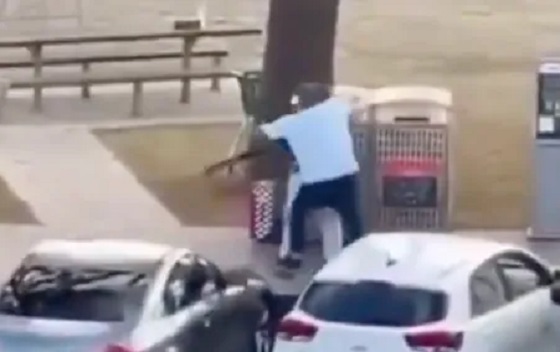
Insane footage shows a bystander attacking and disarming one of the terrorists, who appears to have been armed with a long rifle, during today’s shooting attack on an event celebrating Hanukkah at Bondi Beach in Sydney, Australia. pic.twitter.com/mJceco22bJ
— OSINTdefender (@sentdefender) December 14, 2025
The chaos that struck Australia on Sunday night produced one moment of astonishing courage: a Sydney shopkeeper, armed with nothing but instinct and grit, charged a gunman at Bondi Beach and wrestled the rifle out of his hands as terrified families ran for cover. Authorities say the act likely prevented even more deaths in what officials have already called an antisemitic terror attack that left 12 people dead and dozens wounded during a Hanukkah celebration along the water.
The hero has been identified as 43-year-old fruit shop owner Ahmed Al Ahmed, a father of two who happened to be nearby when gunfire erupted at the beachfront event “Hanukkah by the Sea,” which had drawn more than 200 people. Footage captured the moment he marched toward the shooter, grabbed hold of the rifle, and overpowered him in a brief, violent struggle. As the gunman hit the pavement, Al Ahmed momentarily pointed the weapon back at him but didn’t fire, instead placing it against a tree before another attacker opened up from a bridge above. He was hit in the hand and shoulder and is now recovering after emergency surgery.
A relative told Australia’s Channel Seven that Al Ahmed had never handled a gun in his life. “He’s a hero — he’s 100 percent a hero,” the family member said. New South Wales Premier Chris Minns echoed the praise, calling the scene “unbelievable,” adding, “A man walked up to someone who had just fired on the community and single-handedly disarmed him. Many people are alive tonight because of his bravery.”
Police say two shooters stepped out of a vehicle along Campbell Parade around 6:40 p.m. and began firing toward the beach. One gunman was killed, the other is in custody in critical condition. Detectives are also investigating whether a third attacker was involved, and bomb units swept the area after reports that an explosive device may have been planted beneath a pedestrian bridge. The toll is staggering: 12 dead, including one shooter, and at least 29 wounded — among them children and two police officers.
Prime Minister Anthony Albanese condemned what he called “a targeted attack on Jewish Australians on the first day of Hanukkah,” saying, “What should have been a night of joy and peace has been shattered by this horrifying evil attack.” Emergency crews flooded the beach as hundreds of panicked people sprinted away from the gunfire. Video shows one attacker firing down toward the sand from the bridge behind Bondi Park before being shot himself in a final standoff captured by drone footage. Both gunmen appeared to be carrying ammunition belts, with witnesses estimating up to 50 rounds were fired.
Australian police have cordoned off properties linked to the suspects and continue to canvass Bondi for additional threats. What remains clear is that Sunday’s attack was met with extraordinary acts of self-sacrifice, none more dramatic than a shopkeeper from Sutherland who walked into gunfire to stop further slaughter.
Crime
Terror in Australia: 12 killed after gunmen open fire on Hanukkah celebration
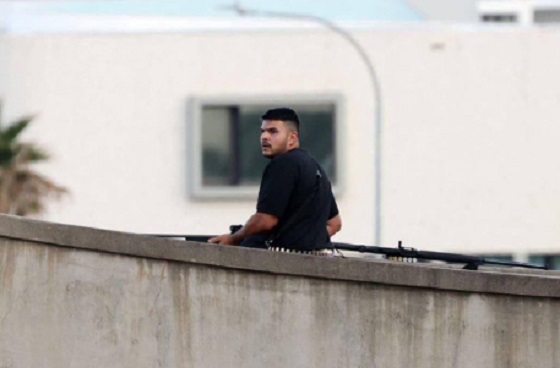
One of the suspected gunmen of the Bondi Beach massacre shooting in Australia has been identified as Naveed Akram
What was supposed to be a peaceful Sunday evening celebration of Hanukkah on one of the world’s most famous beaches instead descended into chaos and bloodshed, as two attackers opened fire on crowds gathered at Sydney’s Bondi Beach, killing 12 people — including one of the gunmen — and injuring at least 11 others.
The violence erupted shortly after 5 p.m. local time, just as more than a thousand people were gathering for “Hanukkah by the Sea,” an annual event held near a playground at the Bondi foreshore. According to Australian outlets, the shooting began as families were lighting candles and singing, sending parents scrambling to shield children and worshippers diving for cover along the promenade.
New South Wales Premier Chris Minns confirmed late Sunday that one attacker was killed at the scene and a second was arrested. He said the evidence already points unmistakably toward an anti-Jewish terror attack. “What should have been a night of peace and joy was shattered by a horrifying, evil attack,” Minns told reporters, noting investigators believe the plot was “designed to target Sydney’s Jewish community.”
NSW Police Commissioner Mal Lanyon said well over a thousand people were present when the shooting started, including two state police officers who were among those struck by gunfire, according to ABC News. Police also located what appeared to be an improvised explosive device in the vicinity shortly after the initial gunfire. Bomb technicians neutralized the device while officers locked down the area and urged residents to shelter in place.
Around 9 p.m., with ambulances and tactical units pouring in, authorities described the unfolding chaos as a “developing incident” and warned anyone nearby to stay indoors. Multiple victims were treated on the sand and the surrounding walkways before being rushed to hospitals across Sydney.
As investigators piece together the attackers’ movements and motive, officials say the toll could have been even worse given the size of the crowd and the presence of children throughout the event. What remains is a shaken city, a grieving Jewish community, and a country once again confronting the threat of political and religious extremism on its own soil.
-
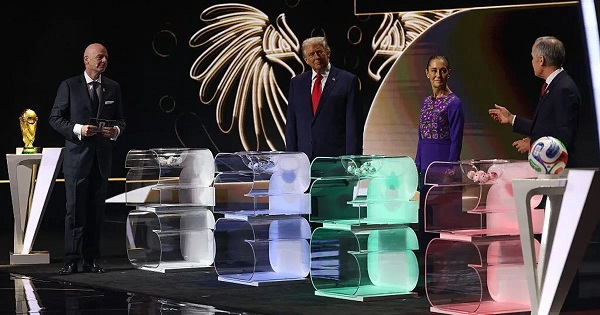
 Bruce Dowbiggin2 days ago
Bruce Dowbiggin2 days agoWayne Gretzky’s Terrible, Awful Week.. And Soccer/ Football.
-

 espionage1 day ago
espionage1 day agoWestern Campuses Help Build China’s Digital Dragnet With U.S. Tax Funds, Study Warns
-

 Focal Points21 hours ago
Focal Points21 hours agoCommon Vaccines Linked to 38-50% Increased Risk of Dementia and Alzheimer’s
-
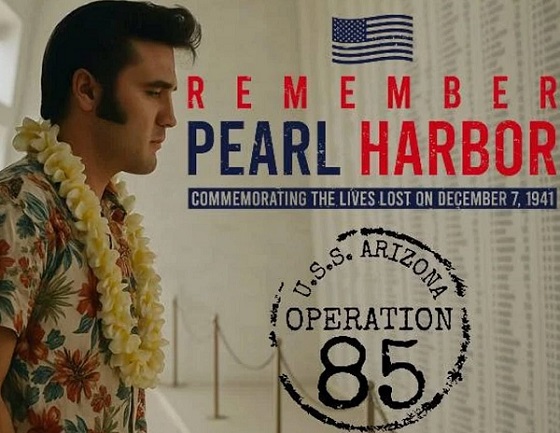
 Opinion2 days ago
Opinion2 days agoThe day the ‘King of rock ‘n’ roll saved the Arizona memorial
-

 Automotive11 hours ago
Automotive11 hours agoThe $50 Billion Question: EVs Never Delivered What Ottawa Promised
-

 Agriculture2 days ago
Agriculture2 days agoCanada’s air quality among the best in the world
-

 Business1 day ago
Business1 day agoCanada invests $34 million in Chinese drones now considered to be ‘high security risks’
-

 Health19 hours ago
Health19 hours agoThe Data That Doesn’t Exist



